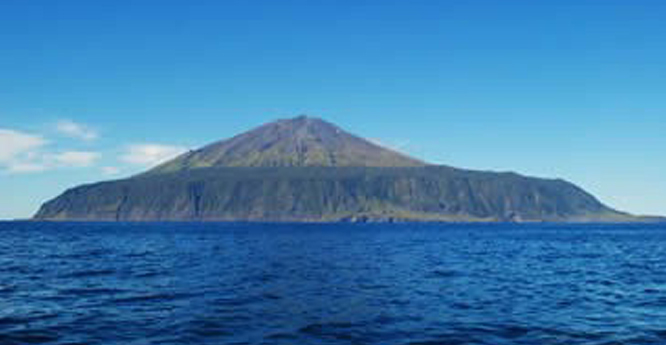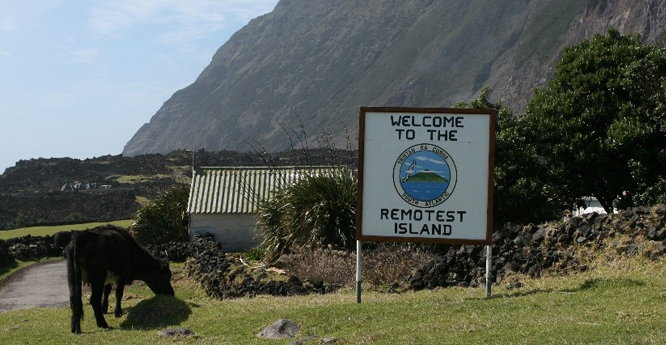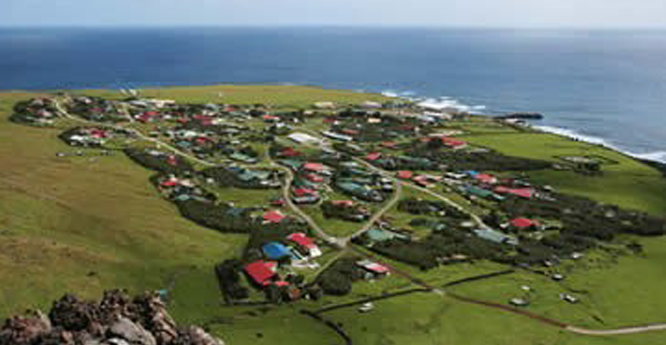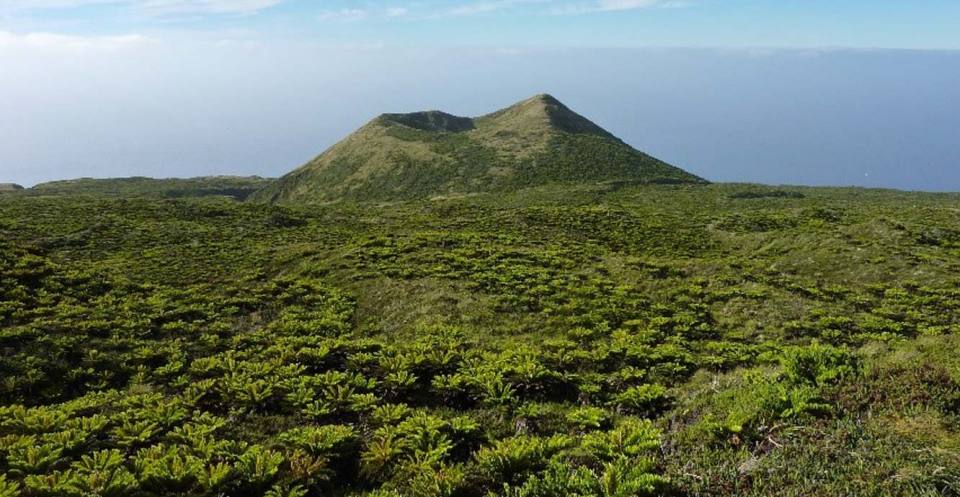Tristan da Cunha is part of the UK Overseas Territory of Saint Helena, Ascension and Tristan da Cunha, and is located in the South Atlantic Ocean, some 2816 km from the nearest mainland of South Africa. It has been occupied since around 1816 and is home to the most remote island community in the world.
The entire population of 246 live in the village of Edinburgh of the Seven Seas (locally called ‘The Settlement’) on the north coast of the island. The islanders farm and fish for food, although they do have monthly visits from cargo ships to supply them with other items. You can find out more about the population and Tristan da Cunha’s history here.
Volcanic history
Tristan da Cunha is an active volcano. It is a stratovolcano built up of layers of lava and pyroclastic material. The highest point is St Mary’s Peak at 2060 m. Tristan has erupted from the summit and has evidence of smaller eruptions all over the flanks of the volcano, creating cinder cones primarily made from pyroclastic material.
There are also lake-filled depressions on the volcano called maars, which were formed when rising magma made contact with underground water creating an explosion and forming a crater at the surface.
The other way Tristan has erupted in the past is in the form of volcanic domes. The most recent eruption was a dome-forming eruption in 1961–62 right next to the Settlement. The eruption lasted four months and was preceded by two months of tremors felt by the inhabitants. As the lava dome grew bigger, fissures opened up near the Settlement and lava began flowing out of the vent towards homes. The islanders evacuated and spent two years in Southampton, UK, before returning to Tristan.
BGS research
On 29 July 2004, a sequence of volcanic earthquakes began, which were felt by the islanders. The largest earthquake was magnitude 4.8 and fresh pumice was washed up on some of the beaches. BGS staff carried out rapid seismic and volcanic analysis and deduced that a submarine eruption had taken place 37–53 km south-south-east of the island.
The BGS co-funded an interdisciplinary PhD project in 2008 on volcanic risk reduction on Tristan da Cunha. The study included an analysis of the ages of previous eruptions, showing that Tristan is much younger and has a much more complex eruptive history than previously thought. The study combined this new knowledge with other geological, geographical and societal information to develop eruption scenarios, which were used for local and national planning.
We are continuing to develop research on Tristan da Cunha to better understand the volcanic processes and associated hazards.
Contact
If you want to discover more then please contact Anna Hicks.
You may also be interested in
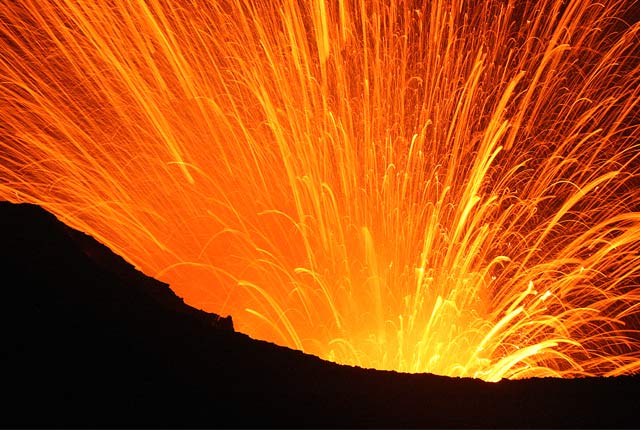
Volcanology
Our scientists lead research projects and work in partnerships around the world to improve our understanding of volcanic processes, hazards and risks.
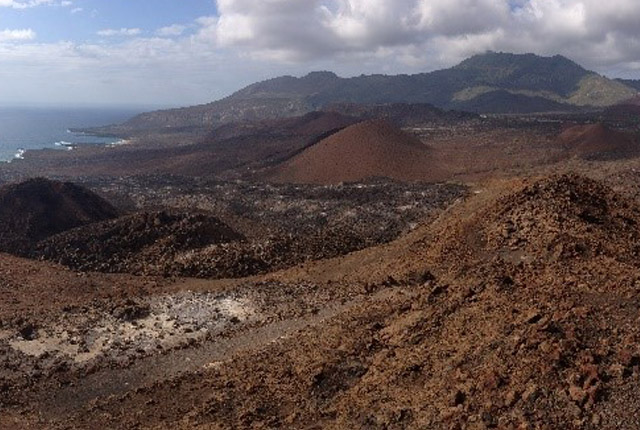
Geoscience in the Overseas Territories
The UK’s 14 Overseas Territories (UKOTs) are highly diverse islands, geographically dispersed around the world in different climate zones. Most are small islands that are particularly vulnerable to natural hazards and climate change.


